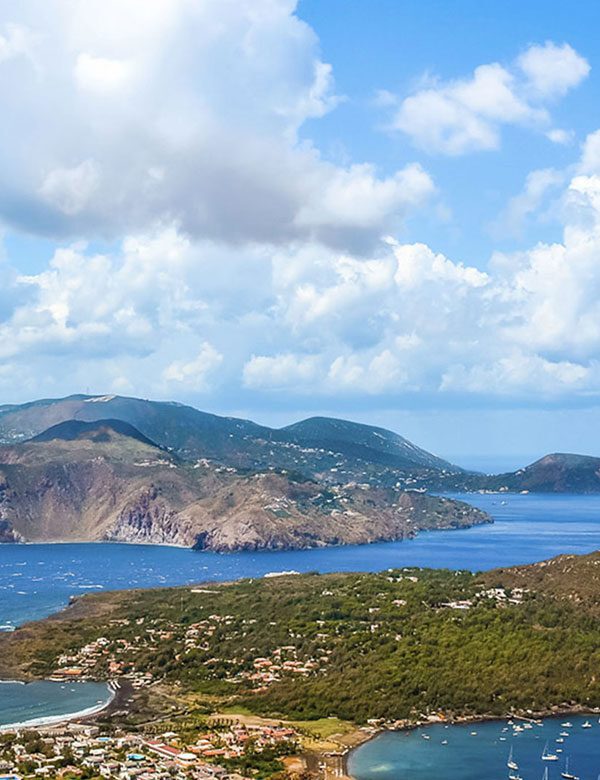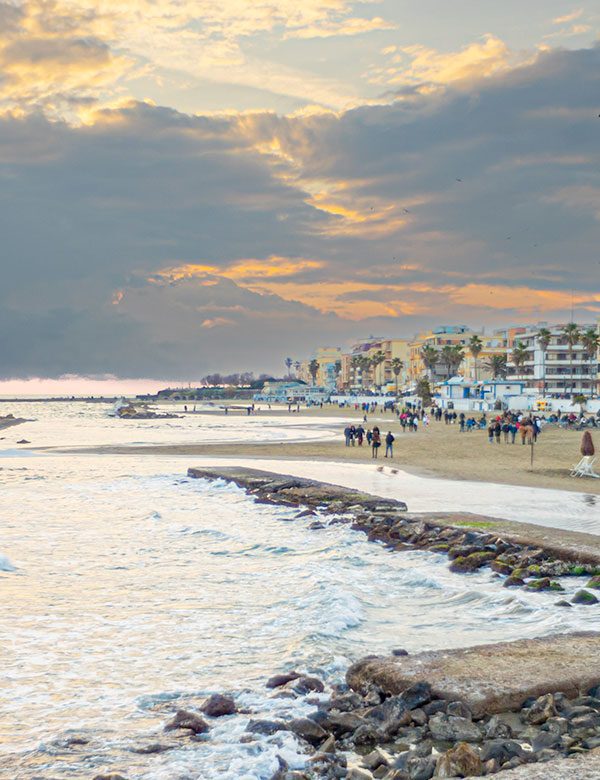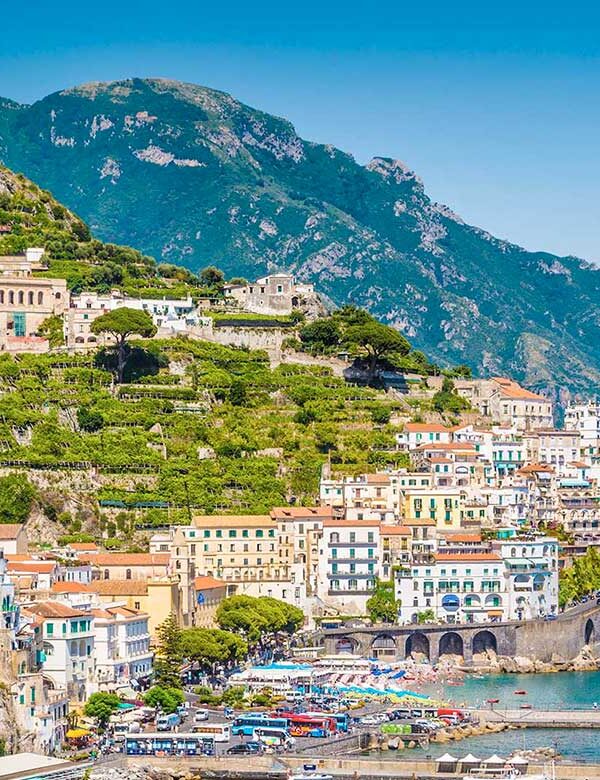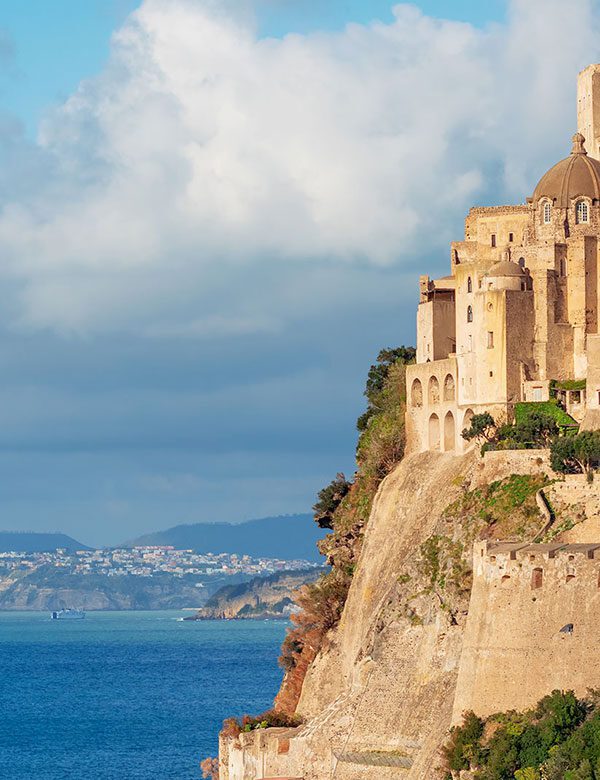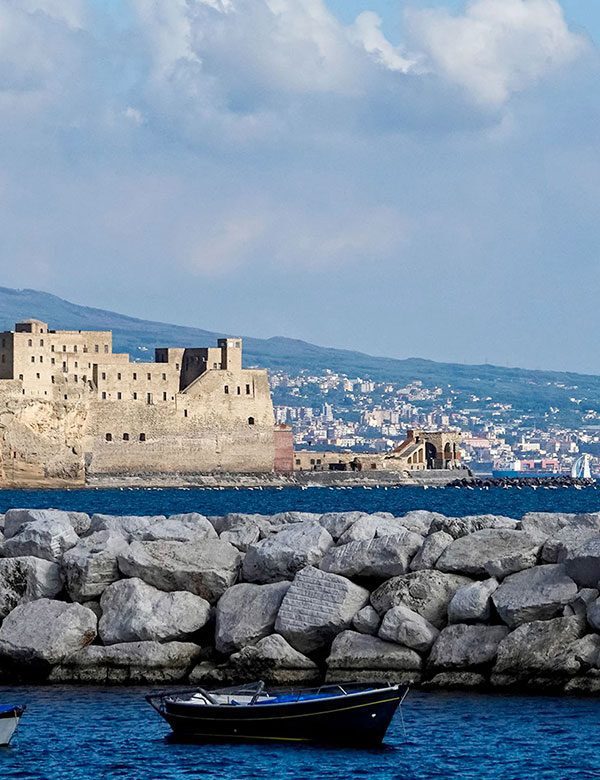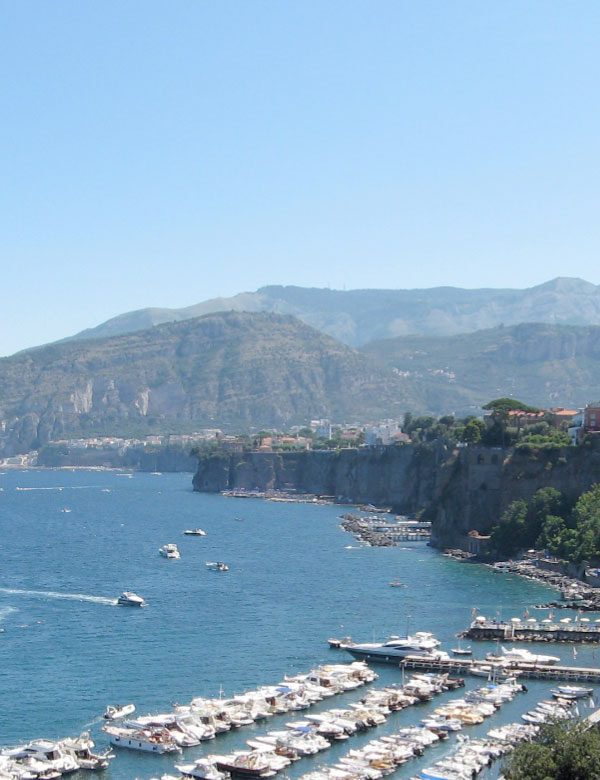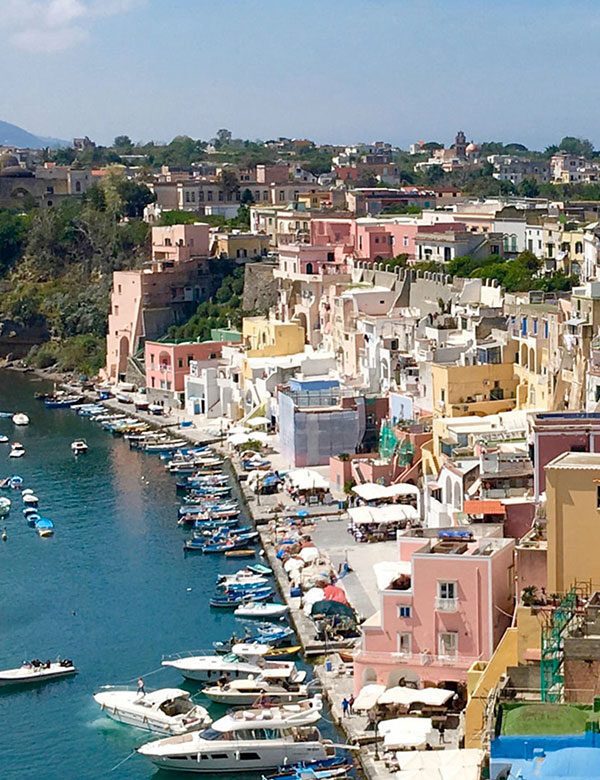Positano
A spectacular setting of brightly colored houses stands out along the Amalfi Coast. Between the heights of the Lattari Mountains and the sea, Positano presents itself in all its Mediterranean charm, a place of the heart of artists and writers of the most varied backgrounds since the early twentieth century and a favorite destination of the international jet set since World War II.
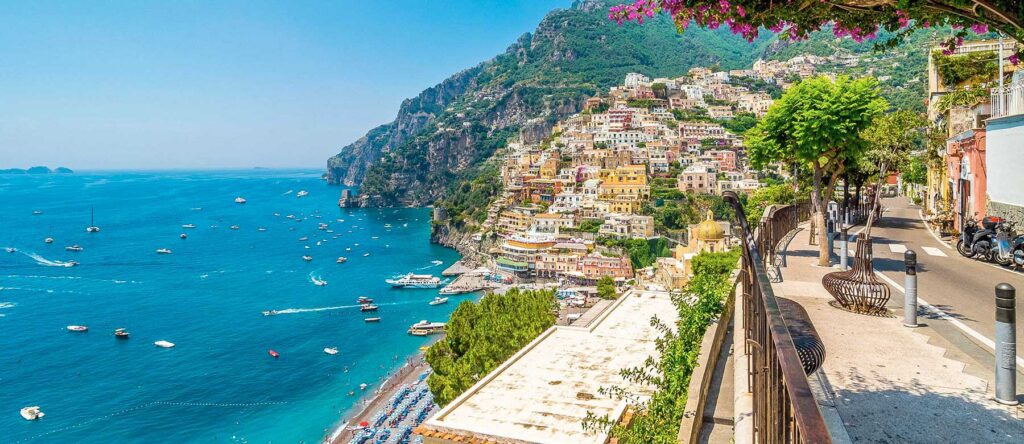
The oldest part of the town is that which developed from the 10th century at sea level, around a Benedictine abbey and the port, the first to be built west of Amalfi, precisely to support Amalfi's commercial activity. The symbol of the coastal settlement is the church of Santa Maria Assunta, which houses inside a Byzantine icon depicting the Black Madonna to whom, according to legend, the very origin of the name Positano is tied. Renovated according to the prevailing Baroque taste of the 18th century, the church is topped by an unmistakable polychrome majolica
dome and is also distinguished by its tall bell tower. On the level below the church oratory, the frescoed remains, furniture and utensils of a Roman maritime villa buried by the eruption of Vesuvius in 79 AD have resurfaced. The Roman Archaeological Museum of Santa Maria Assunta is housed there and can be visited year-round.
The seaside village began to develop upward, on the rocky outcrop behind, for defensive purposes after the destructive attack suffered by the Pisans in 1268 and because of constant pirate attacks. To spot enemy ships and sound the alarm, several coastal towers were built in Angevin and Aragonese times, which are still clearly visible from land and sea. The oldest is the Torre della Sponda. It was later joined by Torre Trasita, Torre Fornilloand Torre di Renzo, residence since 1915 of the Russian writer Semënov.
The coast of Positano offers numerous pebble beaches, overlooking beautiful views. The Spiaggia Grande is the most well-known and popular, not far from the center. Through a narrow passage along the sea, past Torre Trasita and Torre Fornillo, you reach Fornillo Beach, where the chapel of Santa Margherita is located, with a precious floor made of Campanian terracotta and majolica tiles. In the small village of Fornillo, a longtime favorite of intellectuals, is the neo-Gothic style church of Santa Caterina. And a votive shrine and a characteristic nativity scene are located in the nearby Fornillo cave. Renzo's Tower, on the other hand, is on Arienzo beach, which 1,500 steps connect to the hamlet of Nocelle, where the world-famous Sentiero degli Dei (Gods' Trail) arrives.
The built-up area of Positano has expanded upward over the centuries, with several hamlets clinging to the rocky walls of the heights that surround the village by the sea. Uniting the various hamlets are stairs and alleys, which open up among magnificent lemon gardens. And along the uphill and downhill pathways, one encounters the artisan workshops and small stores that invented and made world-famous the "Positano seaside fashion," still among the main draws of the coastal town. In addition to the village of Nocelle, where it is worth visiting the church of Santa Maria delle Grazie to admire its precious majolica floor, the hamlets of Montepertuso and Liparlati, with a square overlooking a dreamlike panorama, the 19th-century villas on Via Camerelle and the church of San Giacomo with its bell tower topped by a characteristic polychrome majolica spire, are worth a walk.
 Hello Alilauro 081 497 2238
Hello Alilauro 081 497 2238









